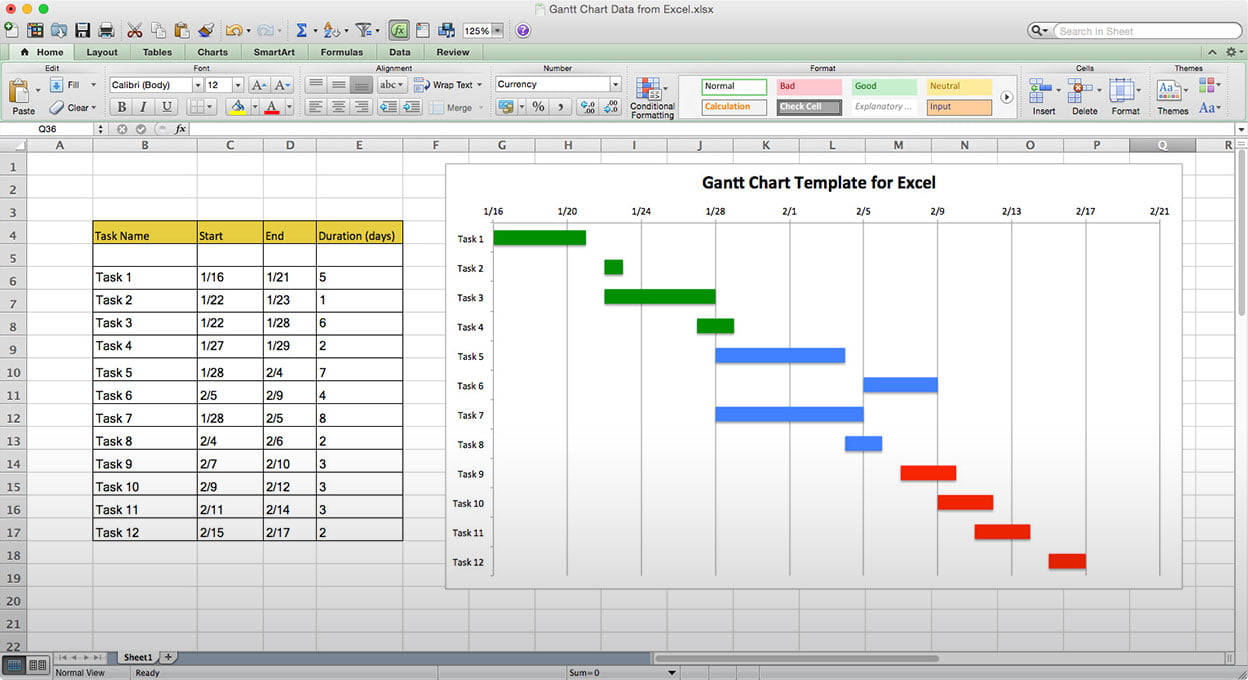Start Communicating Early
First and foremost, we are social creatures by our very nature, so it’s important to start communicating early. The communication pipelines before, during and after a change the most important. These communication pipelines need to be multi-directional. Thereby informing, consulting, and eliciting feedback.
During an organisational change, leaders must be conscious of individual needs. Not everyone will be responding in the same way and at the same time so it’s imperative to know how to support them. Are they angry? Acknowledge it, listen to them and try not to prescribe blame. Are they depressed? Empathise and encourage discourse. Are they anxious? Give genuine, positive feedback.
However, as leaders, you need to balance giving the solution and showing others how to get to it –helping your people and helping them help themselves. The Circle of Control (adapted from Steven Covey’s 7 Habits of Highly Efficient People) is one such way you can perform the latter.
The crux of this is that if we’re going expend mental energy, those things should be within our control. It is our job as leaders to provide the vision of what can be controlled and the choices that can be made – in essence, to embed resilience into your team.
Of course, there is the un-ignorable limitation that all changes are unique and all individuals are unique. With the right execution of tools above and others, you can effect positive, sustainable change with the people you work with and the organisations you work within.
While communication (and other elements of change) requires planning, sticking to a prescriptive Gantt chart may not result in the desired outcome – for people or the business.




